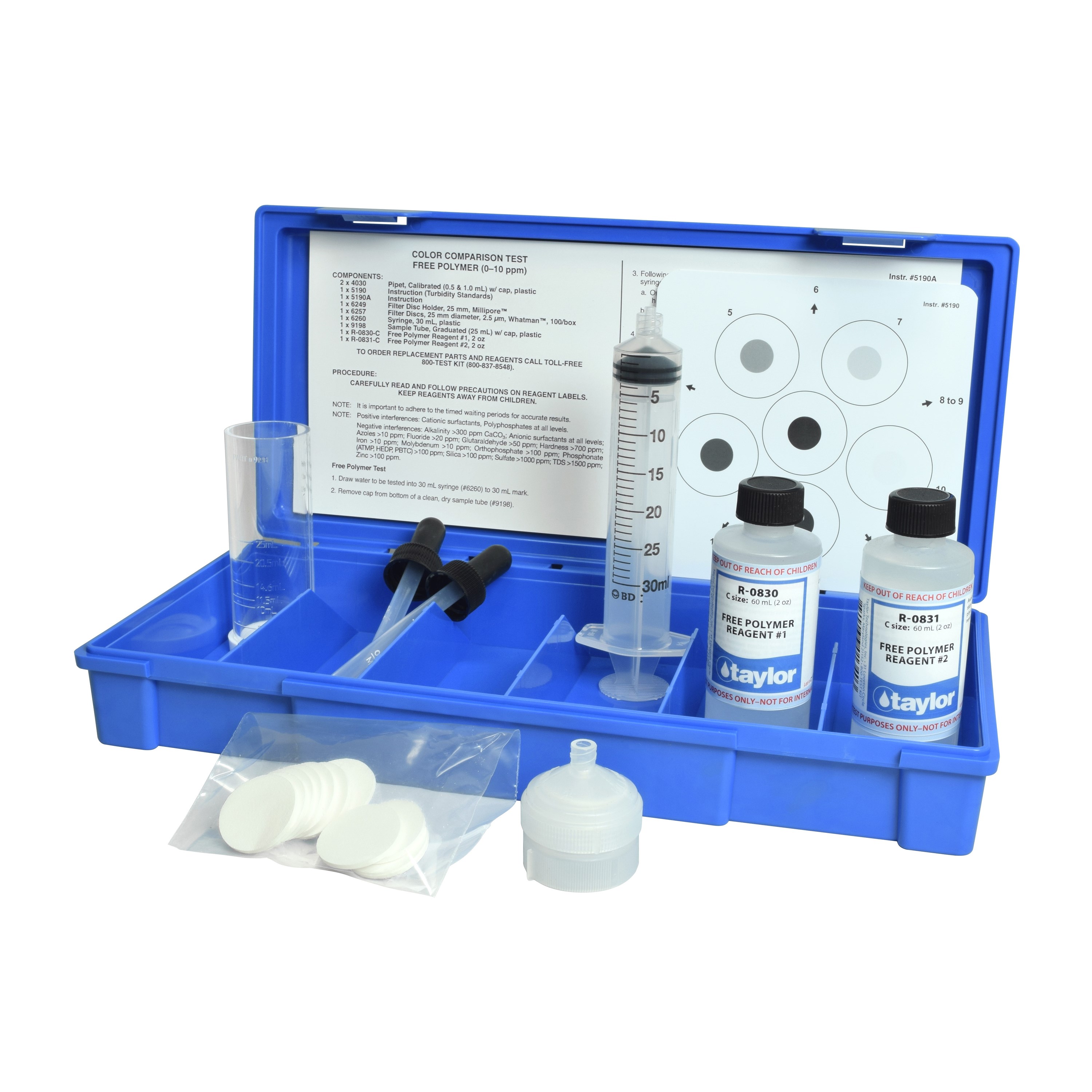Why Test Polymer Levels In Boiler Water
Since boiler water polymer treatments are composed of organic molecules, they are susceptible to thermal degradation at high cycles of concentration, especially over 50 cycles. Polymer treatments also are subject to degradation by oxygen at the temperatures experienced in boiler systems. Most water treaters and boiler owners do not regularly test for the residual; instead, they rely on mass-balance calculations to control the chemical feed. This can be a costly mistake.
When you feed the polymer at a steady and continuous rate based on calculated averages that assume static conditions, this can lead to underdosing or overdosing the treatment. In reality, the steam production rates in most systems vary from day to day, even hour to hour. Stresses in the system-varying oxygen and hardness levels, holding times, and the performance of mechanical devices such as softeners, feedwater and chemical pumps, deaerators, etc., also can cause significant fluctuations in the polymer residual. While good automation exists to control the polymer feed, even this is subject to variations, such as chemical pump performance changes over time.
Underdosing can allow calcium carbonate scale to form on heat transfer surfaces. Severely underdosing a polyacrylic acid (PAA) polymer in relation to the hardness in the water can lead to very tenacious calcium polyacrylate scaling. Overfeeding to be sure you have some residual at all times is wasteful, while grossly overfeeding the polymer can result in rapid and severe corrosion.
Testing the polymer residual regularly with Taylor's K-1190 will allow the water treater and/or boiler owner to recognize and react to changing stresses: you'll use only the treatment you need, when you need it. You'll enhance fuel efficiency and improve chemical usage rates. You'll help to avoid downtime and the expense for acid cleaning or repairing failed boiler tubes. Each of which, of course, contributes to the "green initiative" we're all interested in supporting!
Taylor's K-1190 Polymer Test Kit will help control operating costs, as well as assure the health of the boiler water system.
Ours is a simple turbidimetric test employing only two reagents, so no colorimeter or color wheel is needed. The degree of cloudiness that develops in the treated sample is proportional to the amount of polymer in the water. It takes only five minutes to make the reading after adding the reagents. The closest match to a set of printed standards indicates the polymer concentration reported in parts per million PAA. The complete instructions (5190A & 5190) and a product demo are posted on this website for your review.
When running this test on boiler water, cationic surfactants and polyphosphates are positive interferences at all levels. Negative interferences include alkalinity >300 ppm; anionic surfactants at all levels; hardness >700 ppm; iron >10 ppm; molybdenum >10 ppm; orthophosphate >100 ppm; phosphonate (ATMP, HEDP, PBTC) >100 ppm; silica >100 ppm; sulfate >1,000 ppm; TDS >1,500 ppm; and zinc >100 ppm. Most interferences are avoided by diluting the sample.
Implement a regular program of testing the active polymer. You do not want to be surprised at your next boiler inspection!


